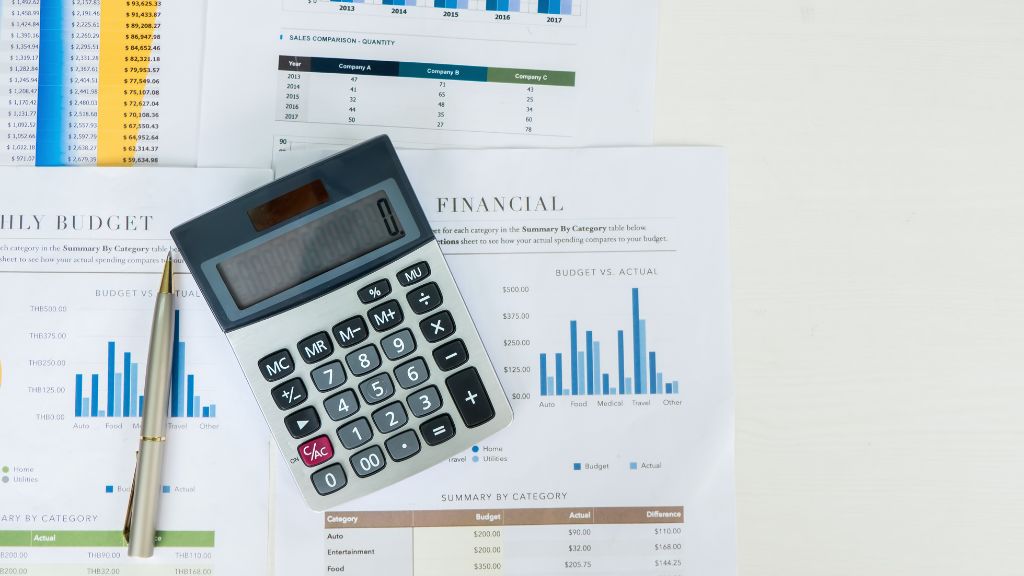
In the intricate world of business, understanding a company’s financial health is paramount. While there’s no magic wand to instantly unveil the intricacies of a business’s financial standing, knowing how to read a company balance sheet can be your compass through the labyrinth of financial jargon. Let’s embark on a journey to demystify the enigma that is a balance sheet.
Unveiling the Basics: What is a Balance Sheet?
At its core, a balance sheet is a financial snapshot of a company at a specific point in time. It’s akin to peering through a financial telescope, capturing the assets, liabilities, and equity that define the entity. This document acts as a compass, guiding investors, creditors, and savvy entrepreneurs toward understanding the fiscal stability of a business.
Assets: The Pillars of Prosperity
In the balance sheet ballet, assets take center stage. These are the tangible and intangible possessions that fuel a company’s operations. From cash and accounts receivable to property and patents, assets showcase the breadth of a company’s financial arsenal. Reading a balance sheet involves discerning the vitality of these assets — a crucial skill for any financial maestro.
Liabilities: The Dance Partners
Liabilities, the dance partners to assets, represent obligations a company must fulfill. This can include everything from debts and loans to accrued expenses and deferred revenues. A savvy balance sheet reader will scrutinize these obligations to gauge the financial tango a company engages in.
Equity: The Harmonious Finale
Equity is the crescendo in the financial symphony. It’s the residual interest in the assets of a company after deducting liabilities. Commonly known as shareholders’ equity, this figure reflects the company’s net worth and the stake shareholders hold in its prosperity. The savvy reader delves into this section to understand the heartbeat of a company’s financial vitality.
Navigating the Balance Sheet Waters: A Step-by-Step Guide
Step 1: Identifying Assets
- Cash is King: Start your journey by locating the cash and cash equivalents. This is the heartbeat of liquidity, indicating the company’s ability to meet short-term obligations.
- Receivables Revealed: Move on to accounts receivable. These are promises to receive cash in the future and offer insights into the efficiency of the company’s credit policies.
- The Asset Odyssey: Continue the asset exploration. From inventory to investments, each category unveils a layer of the company’s financial story.
Step 2: Understanding Liabilities
- Debts on Display: Begin your liability expedition with short-term debts. These are the financial obligations demanding attention in the immediate future.
- Long-Term Liabilities Unveiled: Delve into long-term debts. Understanding these commitments provides a glimpse into the company’s financial strategy and sustainability.
Step 3: Embracing Equity
- Shareholder Symphony: Embark on the equity voyage by scrutinizing common and preferred stock. This is the culmination of investor confidence in the company’s potential.
- Reserves and Retained Earnings: Dive into the retained earnings and reserves. Unraveling this section completes the financial puzzle, illustrating how profits have been reinvested or distributed.
Mastering the Art: Tips for Reading Between the Lines
Ratio Revelation
Understanding financial ratios is like deciphering a secret code. From the debt-to-equity ratio to the current ratio, these metrics offer profound insights into a company’s financial fortitude.
Comparative Analysis
Don your detective hat and engage in a comparative analysis. Benchmarking against industry standards and competitors is the compass that points to exceptional insights.
Future Gazing
Reading a balance sheet isn’t just about the present; it’s a crystal ball into the future. Scrutinize the trends, identify patterns, and forecast the financial weather with astute precision.
Conclusion: Empowering Your Financial Odyssey
Armed with this guide, you’re not merely reading a balance sheet; you’re conducting a financial symphony. The ability to decipher the nuances of assets, liabilities, and equity empowers you to make informed decisions, be it as an investor, creditor, or aspiring entrepreneur. As you delve into the world of balance sheets, remember, it’s not just about the numbers; it’s about understanding the financial narrative that shapes a company’s destiny.
Unveiling Financial Insights: How to Read Company Income Statement
Unlocking Financial Insight: How to Read Company Cash Flow Statement






